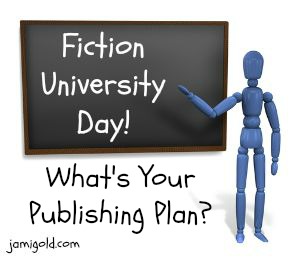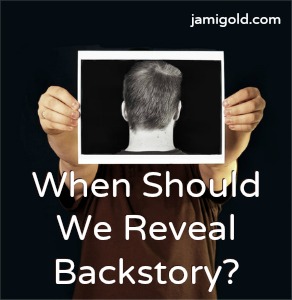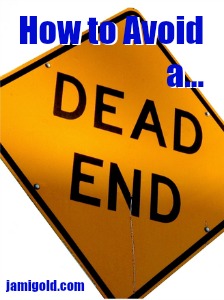My series about Indie Publishing Paths at Fiction University has highlighted some of the choices we have to make as self-published authors, and it’s easy to feel overwhelmed when faced with so much uncertainty. So where do we start?
Pin It
Read More
Many people have tried to identify what goes into creating our voice, but it’s a hard thing to define. We often just know it when we see it. Voice is personal—not just for writers, but also for readers. Yet we can identify—and strengthen—the 5 elements that go into our voice.
Pin It
Read More
Newsletters are an important tool for holding onto our readers from book to book, but we usually have to pay a newsletter service if we have a lot of subscribers. So how can we make sure we’re not wasting money on uninterested subscribers?
Pin It
Read More
Newsletters are an important tool for holding onto our readers from book to book, but they’re most powerful if our subscribers read and take action on our emails: clicking buy links, leaving reviews, etc. Let’s take a look at some strategies that might train our subscribers to click links in our messages.
Pin It
Read More
Newsletters are an important tool for holding onto our readers from book to book, but they only work if subscribers open our emails. Let’s take a look at some of the strategies that might compel our subscribers to click on our messages.
Pin It
Read More
Story description has a bad reputation for being “skippable,” but a story without description happens in a vacuum. Today, Janice Hardy is here to share advice and examples on how to make our descriptions less flat, less “told,” and therefore, less skippable.
Pin It
Read More
We often think about the purpose of backstory in terms of “what do readers need to know?” But with that perspective, it’s too easy to include too much backstory. Instead, we might be better off if we think about backstory from the perspective of what the story needs.
Pin It
Read More
Today, Janice Hardy shares her revision advice on how to include the right amount of backstory. Too much slows the pace, and too little can leave readers confused. Her tips help us avoid the issue of slow pacing, learn how to hide backstory, and identify when we need more.
Pin It
Read More
Newsletters are an important tool for holding onto our readers from book to book, but how do we want to grow our list? Do we want to go for quantity or quality? Let’s explore the pros and cons of those two philosophies.
Pin It
Read More
Today, Janice Hardy shares her tip for getting unstuck with our plot. Whether we’re plotters or pantsers, working backward from the end can help us figure out our story’s plot. Sometimes we need to shake up how we do things to get the creative juices flowing again, and working backward can be the key we need.
Pin It
Read More







